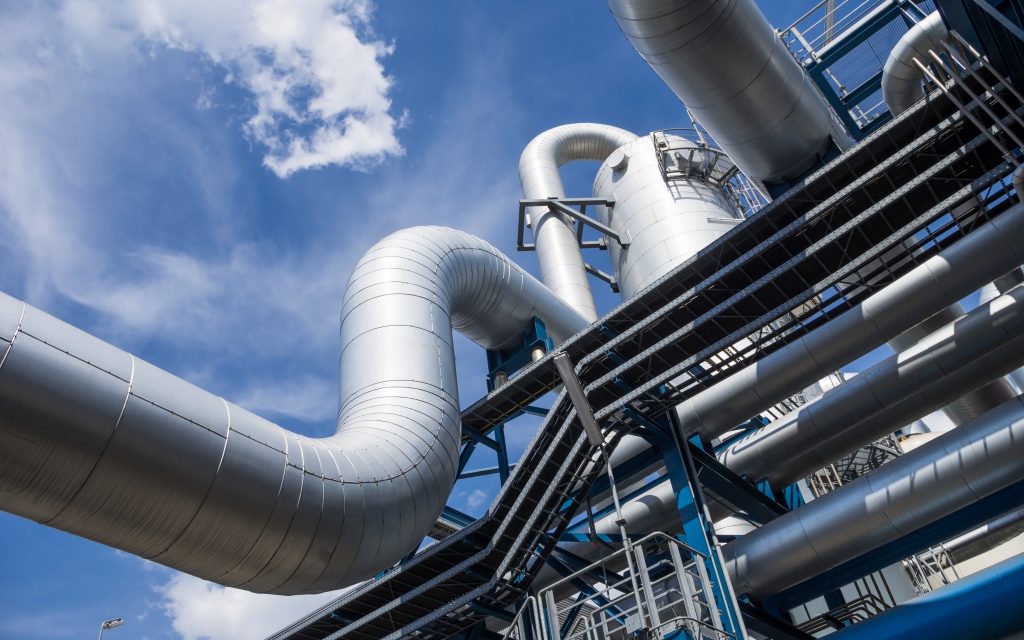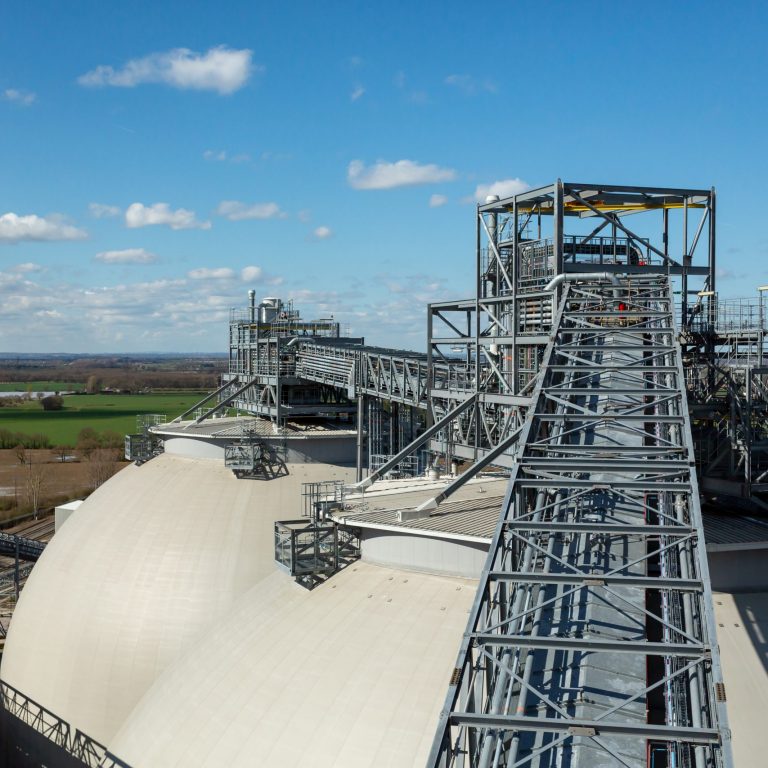Countries, companies and industries around the world are racing to find ways to reduce their emissions. But looking slightly further down the line there is in fact a grander aim: negative emissions.
Negative emissions technologies (NETs) can actually absorb more carbon dioxide (CO2) from the atmosphere than they emit, and they’re vitally important for avoiding catastrophic, man-made climate change. Without NETs it could be impossible to achieve the Intergovernmental Panel on Climate Change’s ambition of keeping temperatures under 1.5 degrees Celsius above pre-industrial levels.
One example already being implemented is bioenergy with carbon capture and storage (BECCS). It is what its name suggests. Using technologies to capture and store the CO2 generated during the process of energy generation from biomass or organic materials rather than releasing it into the atmosphere.
BECCS holds vast potential in the electricity generation industry. Drax Power Station is currently piloting one form of this technology on one of its biomass units to capture as much as a tonne of CO2 a day. But if it were deployed across all its biomass units, BECCS technology could make it the world’s first negative emissions power station.
Beyond the power industry, however, there’s scope for growth across other industries once the biomass is sourced sustainably. There are already five sites around the world where BECCS is being trialled and implemented at scale, laying the road to negative emissions.
Storing CO2 from ethanol production in the Illinois Basin
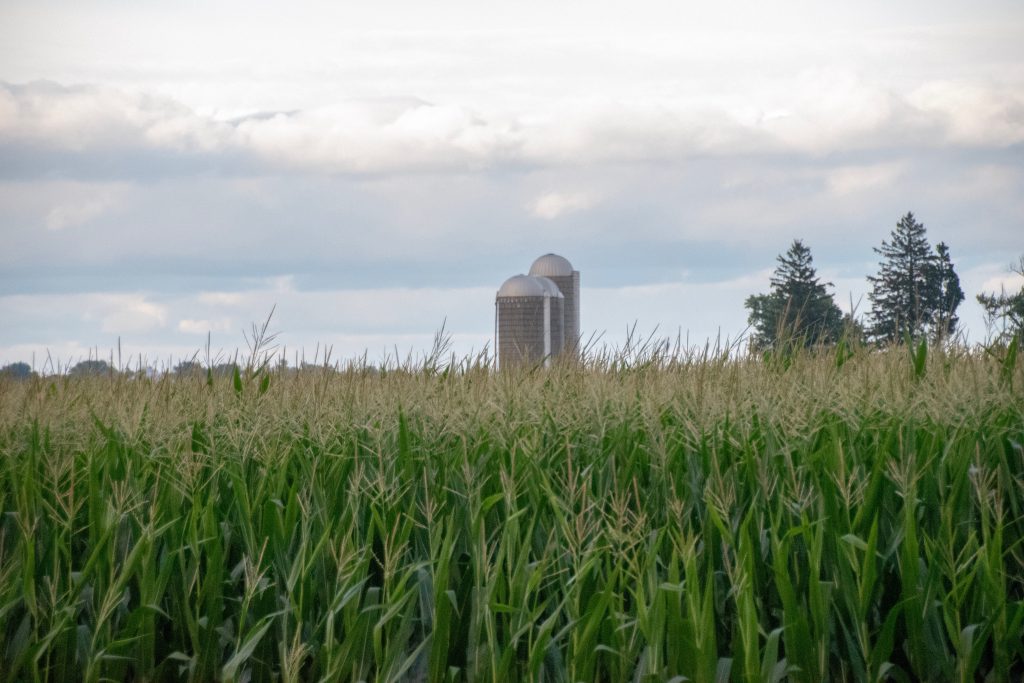
The ethanol production industry is already seeing significant deployment of BECCS, including the largest installation of the technology operating in the world. The Illinois Industrial Carbon Capture and Storage project is part of a corn-to-ethanol plant in the US that has the capacity to capture 1 million tonnes of CO2 every year.
Here, corn is used to create ethanol by fermenting it in an oxygen-deprived environment. This process creates CO2 as a by-product, which is captured and stored permanently in pores within the sandstone of the Illinois Basin under the facility.
Researchers believe with further development the site could capture as much as 250 million tonnes each year.
Norway’s cement challenge
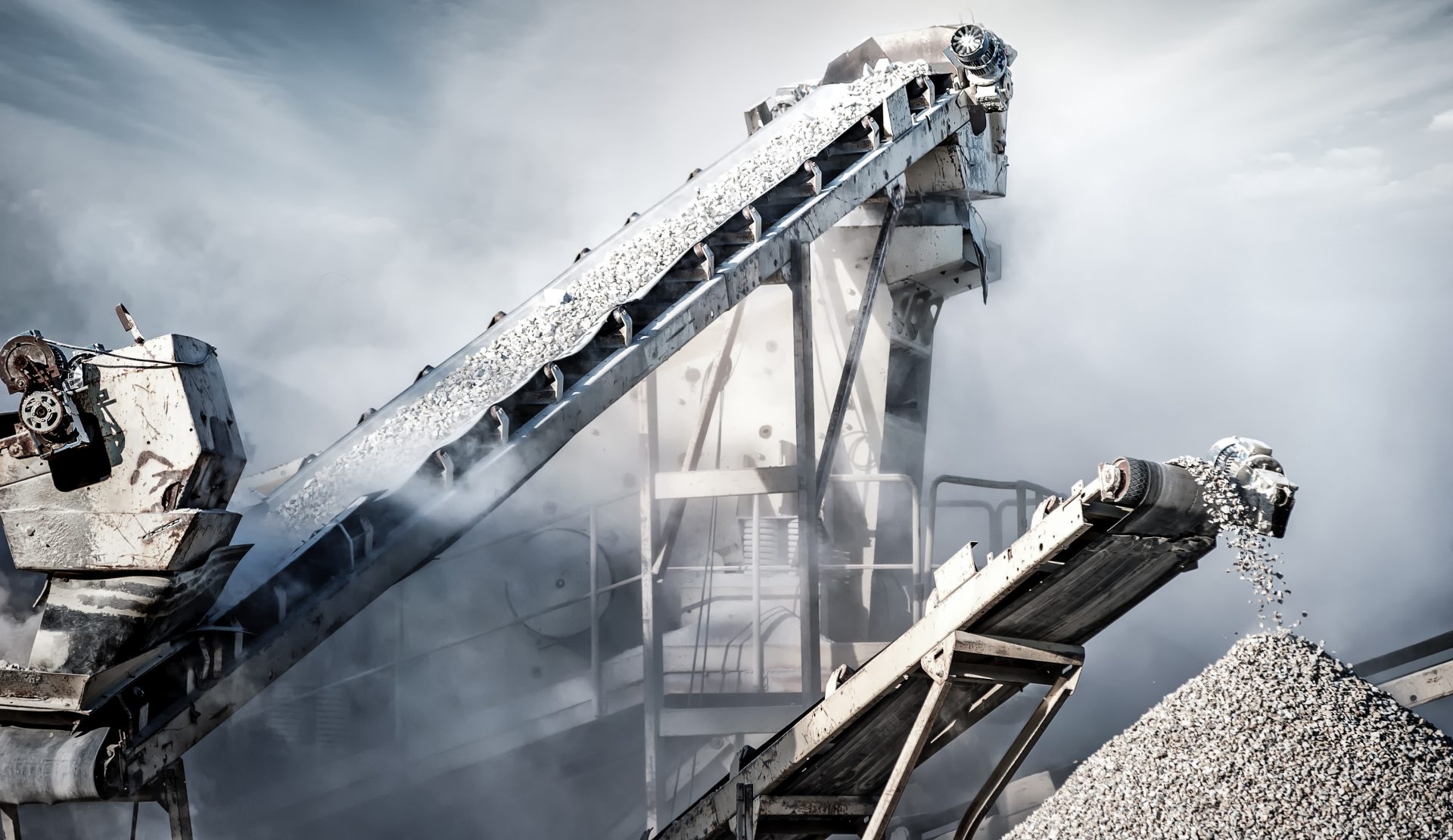
Concrete is one of the world’s most versatile building materials. As a result it is the second most-consumed material in the world behind water – more than 10 billion tonnes of it is produced every year. However, its key ingredient – cement, which acts as concrete’s binding agent – is made using a hugely carbon-intensive manufacturing process and now accounts for as much as 6% of all global carbon emissions.
The Norcem Cement plant in Brevik, South-East Norway, has been experimenting with using biomass to power the kilns used to create its cement (which must heat ingredients to 1,500 degrees Celsius). Now it’s taking this a step further by becoming part of the country’s ambitious Full Chain CCS project.
The project will see 400,000 tonnes of CO2 captured annually, which will then be transported by ship to a storage site on Norway’s western coast. From here a pipeline will transport the CO2 50 kilometres away and deposit it deep below the North Sea’s bed.
The plan has the potential to work at an even bigger scale. The pipeline will be capable of receiving as much as 4 million tonnes of CO2 per year, meaning it could even import and store carbon from other countries.
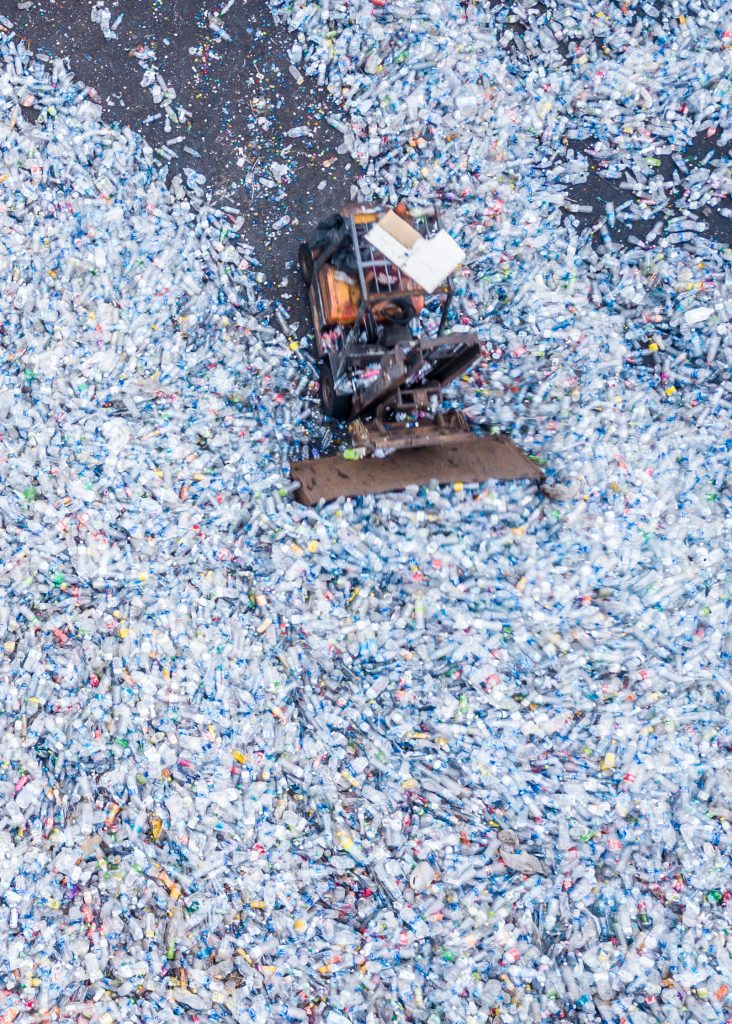 Burning waste and growing algae
Burning waste and growing algae
In a world that seems increasingly unsure how to safely deal with its waste, the idea of incinerating it and making use of the heat this produces seems widely beneficial. But combusting any solid means releasing carbon emissions.
In Japan, however, a biomass-fired waste incineration plant is changing this by being the first in the world to capture its carbon emissions.
To get this project up and running, Toshiba, the firm behind the project, had to overcome unique challenges. For example, waste incineration produces a greater mix of chemicals than in ethanol or power production, including some that are corrosive to the metal pipes normally used in carbon capture.
Now running at commercial scale, the Saga City waste incineration plant isn’t just capturing CO2, it’s also utilising it to cultivate crops at a nearby algae farm. The carbon is being absorbed and used to grow algae for use in commercial scale cosmetic products, such as body and skin lotions.
Carbon isn’t the only thing finding new use at the facility. Reconstituted scrap metal from the plant is being used to make the medals for the 2020 Tokyo Olympics.
The carbon capture system has been operational since 2016 and is capable of capturing 3,000 tonnes of CO2 a year, but it isn’t the region’s first deployments of BECCS.
 Fully integrating BECCS into biomass power
Fully integrating BECCS into biomass power
Nearby, the Mikawa power plant on the Fukuoka Prefecture, is leading the race in Asia to fully integrate carbon capture technology into a biomass power station.
The 50 MW power station successfully piloted carbon capture in 2009 through a partnership with Toshiba. At the time it was powered by coal, however, in 2017, the plant upgraded to a 100% biomass boiler fuelled by palm kernel shells – a waste product from palm oil extraction mills. Now it’s in the process of ramping up its carbon capture capabilities, with a target of being operational in 2020.
The system – which after Drax will be the second plant in the world to capture carbon using 100% biomass feedstock – will have the capacity to capture more than 50% of the biomass plant’s CO2 emissions, or as much as 180,000 tonnes per year. Japan’s government is now supporting efforts to develop CO2 transportation and potential offshore storage solutions for next year.
Pulping wood and growing food

BECCS technology has yet to be deployed in the paper industry to the same extent as in other organic-matter-based industries. But with many pulp and paper mills already using by-products, such as hog fuel, in generating power for their sites, it’s a prime area for BECCS growth.
In Saint-Felicien, Quebec, commercial-scale carbon capture technology is being deployed at a pulp mill run by Resolute Forest Products, and, as of March 2019, had a capacity of capturing 11,000 tonnes of CO2 a year. Rather than storage, however, it supplies the carbon to a cucumber-growing greenhouse next door to the mill, as well as supplying enough warm water to meet 25% of the greenhouses’ heating needs.
Both long established biomass-based industries like ethanol and paper, and new sectors like electricity, are now adopting BECCS technology and driving innovation.
The biomass feedstocks involved in BECCS must, however, be sourced sustainably – or else a positive climate impact could be at the expense of environmental degradation elsewhere. ‘It should be possible to expand biomass supply in a sustainable way,’ found a recent ‘Global biomass markets’ report from Ricardo AEA for the UK’s Department for Business, Energy and Industrial Strategy (BEIS).
While it’s still a complex technology to deploy, BECCS is increasingly operating at larger scales and growing to the level needed to seriously reduce industrial CO2 emissions and help to combat climate change.
Learn more about carbon capture, usage and storage in our series:
- Planting, sinking, extracting – some of the ways to absorb carbon from the atmosphere
- From capture methods to storage and use across three continents, these companies are showing promising results for CCUS
- Why experts think bioenergy with carbon capture and storage will be an essential part of the energy system
- The science of safely and permanently putting carbon in the ground
- The numbers must add up to enable negative emissions in a zero carbon future, says Drax Group CEO Will Gardiner.
- The power industry is leading the charge in carbon capture and storage but where else could the technology make a difference to global emissions?
- From NASA to carbon capture, chemical reactions could have a big future in electricity
- A roadmap for the world’s first zero carbon industrial cluster: protecting and creating jobs, fighting climate change, competing on the world stage
- Can we tackle two global challenges with one solution: turning captured carbon into fish food?
- How the UK can achieve net zero
- Transforming emissions from pollutants to products
- Drax CEO addresses Powering Past Coal Alliance event in Madrid, unveiling our ambition to play a major role in fighting the climate crisis by becoming the world’s first carbon negative company







